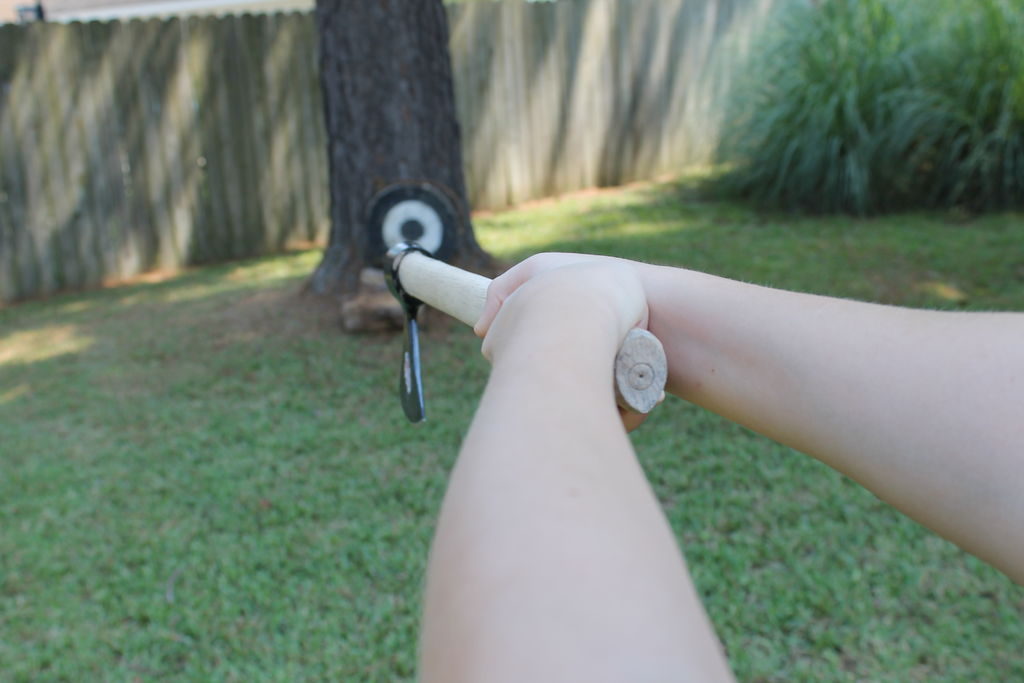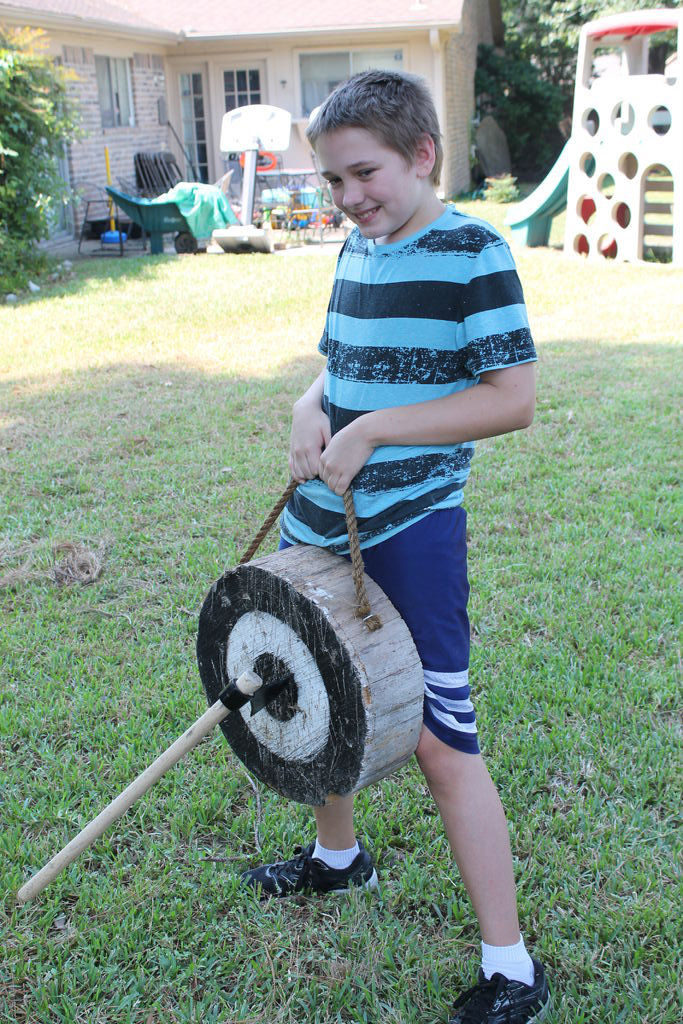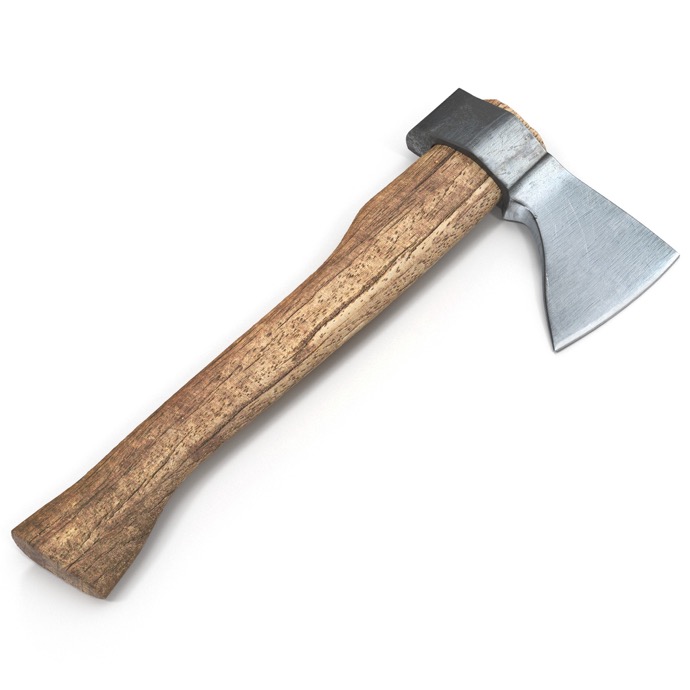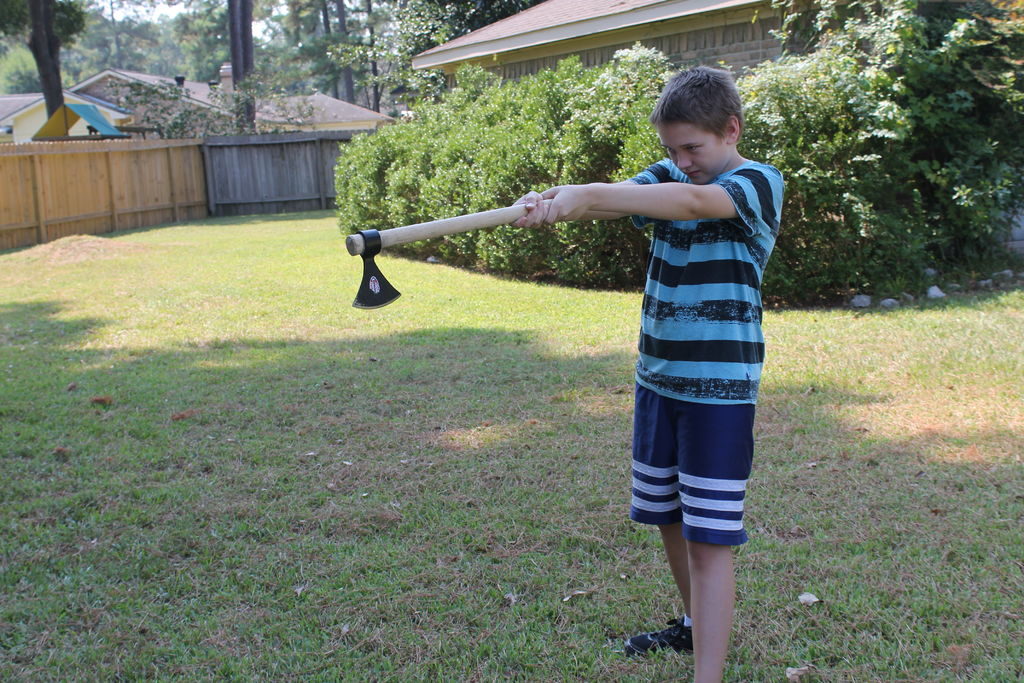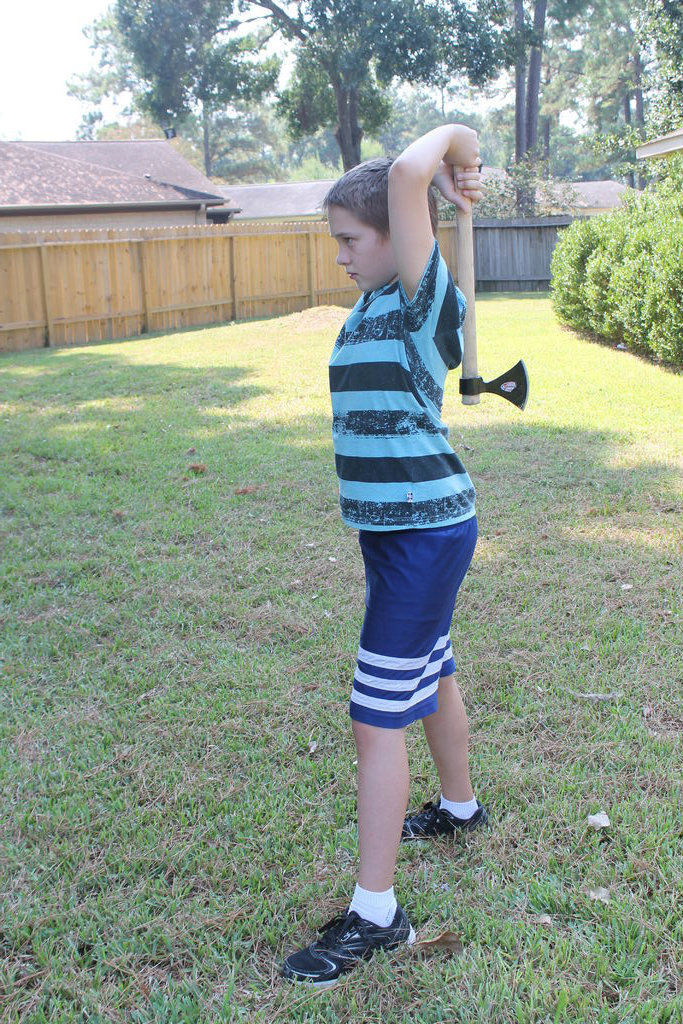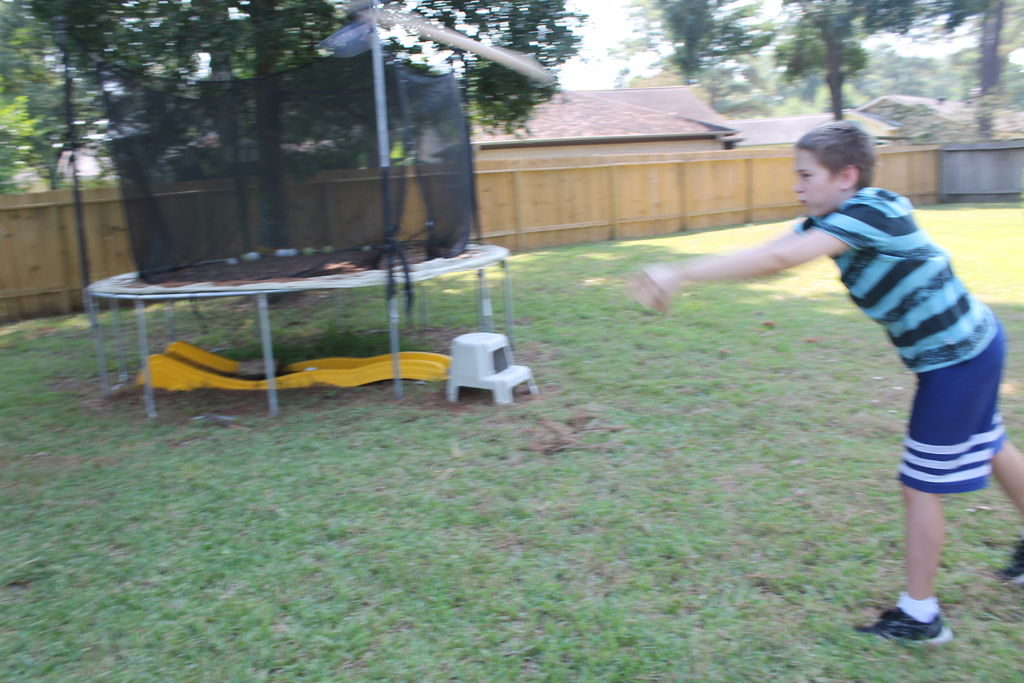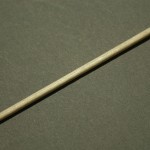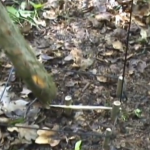How to Throw a Hatchet or Axe
Learning how to throw an axe or hatchet can provide you with a skill that may end up saving your life one day. It can also help you to target and strike an animal that could provide you and your family with an abundant source of meat. The good news is that you don’t need a lot of equipment or technical training to get good at throwing. Let’s take a look at some basic techniques and safety considerations that can help you to hit the ground running and develop proficiency a lot sooner than you may think.
Getting Started
The first thing to do is find an appropriate target and follow some basic safety precautions. The easiest thing to use for a target is a cut piece of wide tree stump. You could also use a wide tree for practice, but you may end up destroying it as you repeatedly gouge the bark. If you choose to use a tree, consider one that is already dead, diseased or one that you planned on cutting down anyway. You can also purchase targets at specialized sporting stores. However, they can be expensive, and quite frankly, cut stumps work better anyway.
In terms of safety precautions, a little bit of common sense definitely goes a long way. You want to make sure that there is a zone of safety that encompasses a six foot radius around where you are standing. Check behind you as well as to your left and right before swinging the axe. You’d be surprised at how easy it is to strike someone behind you if you lose your grip on the hatchet or axe and it flies backwards. The same applies to the sides. You also want to make sure that no one is standing within 10 feet in either direction of the target or the flight path of the hatchet or axe once it is launched.
Making the Target
Try to use a tree stump that is at least 2 feet in diameter and more than three inches thick. You can modify this according your preferences, but these sizes should give you enough strength to withstand the forces of impact. You also need to consider how you will mount the wood. Some people have used art easels whereas others have nailed them to trees or placed them against bales of hay. There are a million and one different options to choose from, so look around at some examples or use a bit of creativity in order to fashion one that works best for you. Just remember that the mount will end up absorbing more of the force than the target itself. It needs to be proportional to the size and weight of the item being thrown, the target along with distance as well. A little bit of trial and error will help you to put together the perfect system.
Getting Started
You will be better off starting with a hatchet as opposed to an axe. They are lighter and easier to control. They will also help you to get a better feel for the overall process without putting too much strain on your body as well. Feel free to graduate to a heavier axe once you get the basics down. In terms of the blade, you want to aim for medium sharpness. If it is too dull, it won’t stick to the target, but you don’t need it razor-sharp to work properly.
The size of the handle will determine how far you will need to stand away from the target. To start, aim for using a hatchet that has a 2” wide blade and a foot long handle. Scale up as you get more proficient and can throw from greater distances.
Gripping and launching the Tool
The most common, and safest, grip is to hold the handle like you would a baseball bat. Put both hands on the handle, one above the other, and your bottom hand should reach about an inch from the end of the handle. Grip tightly and aim the blade straight toward the target.
Next, lift the tool directly over and behind your head and shoulders so that it is centered. Keep the blade facing outward and oriented toward the target. Aim for bringing your arms back just far enough so the back of the head of the axe meets the spot just below where your neck meets your shoulders. Lean back slightly before swinging your arms forward and releasing the tool at about eye level. The release should also occur just before your arms become fully extended.
As your aim improves and you get more confident, you can move on to the more advanced one-arm technique. Hold the axe or hatchet in one hand with the blade facing out. Put one foot forward to stabilize your body and visualize the target. Bring your arm back to about a 40 degree angle to your body and keep it outstretched. Quickly raise your arm and lift the tool above and behind your head until your elbow bends to a 45 degree angle. Quickly move your arm forward and extend it until it is parallel to the ground and release the tool. All of this should be done in a quick, smooth manner in order to use leverage and maximize force.
Getting these two techniques down are foundational to learning how to throw while moving or striking moving targets. All it takes is a lot of practice and good positioning, and you will be able to throw with increasing accuracy. Remember that this serves as a fantastic self-defense as well as hunting option, and it can be just as lethal as a gun, spear or bow an arrow under many circumstances. Start today and see how easy it is to master this lost art.


